Advanced Waterproofing Techniques for All Structures
Waterproofing is a critical component in protecting structures from water infiltration, which can lead to structural damage, mold growth, and reduced property value. Proper waterproofing techniques ensure that foundations, basements, roofs, and other vulnerable areas remain dry and secure. Advanced waterproofing solutions can extend the lifespan of a building and reduce long-term maintenance costs.
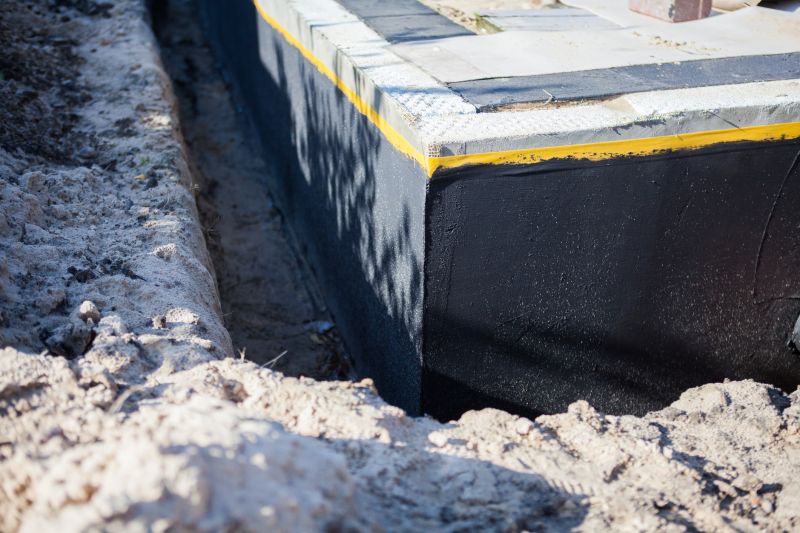
Completed foundation waterproofing work showcases durable membranes and sealants that prevent water seepage into basements and crawl spaces.
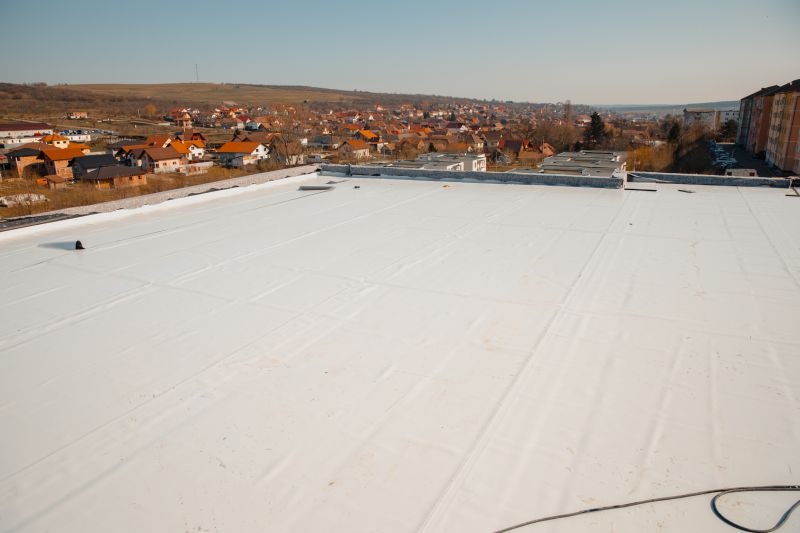
Finished roof waterproofing projects highlight the use of membrane systems that protect buildings from leaks and water damage.
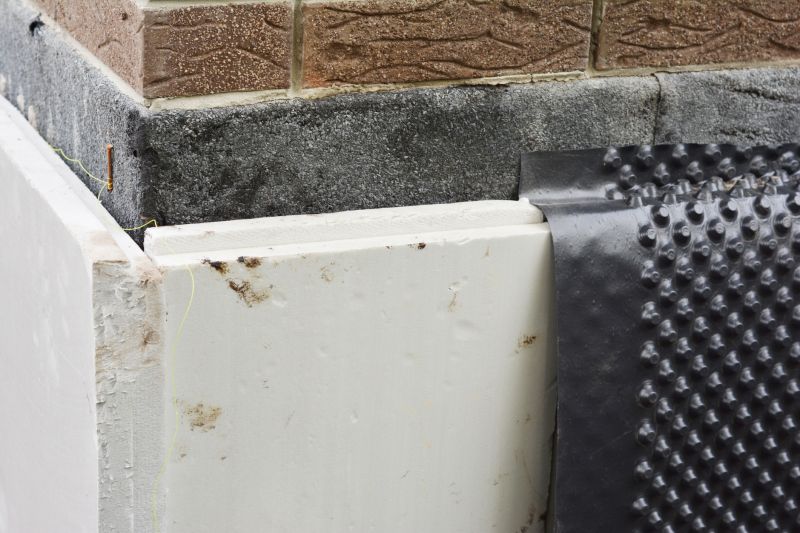
Examples of basement waterproofing demonstrate effective barriers against groundwater intrusion, ensuring dry interior spaces.
Waterproofing methods vary depending on the area and type of structure. Common techniques include membrane applications, sealants, and drainage systems. The choice of method depends on factors such as soil conditions, climate, and building design. Proper installation is vital to ensure long-lasting protection and prevent future water-related issues.
Duration of Professional Waterproofing Projects
The time required for professional waterproofing varies based on the size and complexity of the project. Typically, a standard basement waterproofing can take one to three days, while larger or more intricate structures may require additional time. Proper planning and preparation are essential to ensure timely completion without compromising quality.
Waterproofing Process Overview
The waterproofing process generally begins with an assessment of the structure to identify vulnerabilities. Surface preparation involves cleaning and repairing existing cracks or damages. Next, appropriate waterproofing materials are applied, which may include membranes, coatings, or sealants. Drainage systems are often installed to divert water away from the foundation. The process concludes with a thorough inspection to confirm proper application and effectiveness.
Advantages of Hiring a Professional
Engaging a professional ensures that waterproofing is performed correctly, reducing the risk of future leaks and water damage. Experts have the experience and equipment to handle various materials and conditions, resulting in a more durable and reliable solution. Professional waterproofing can also save time and prevent costly mistakes that may occur with DIY approaches.
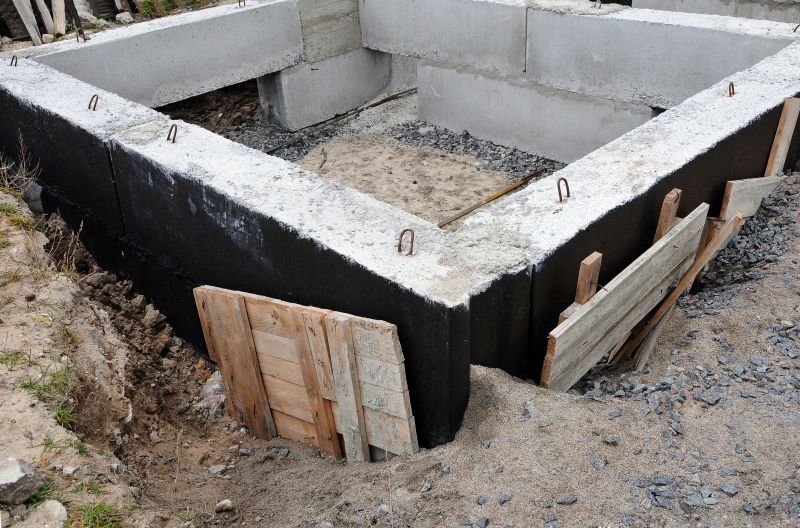
Showcases of finished waterproofing installations highlight the quality and durability of professional work.
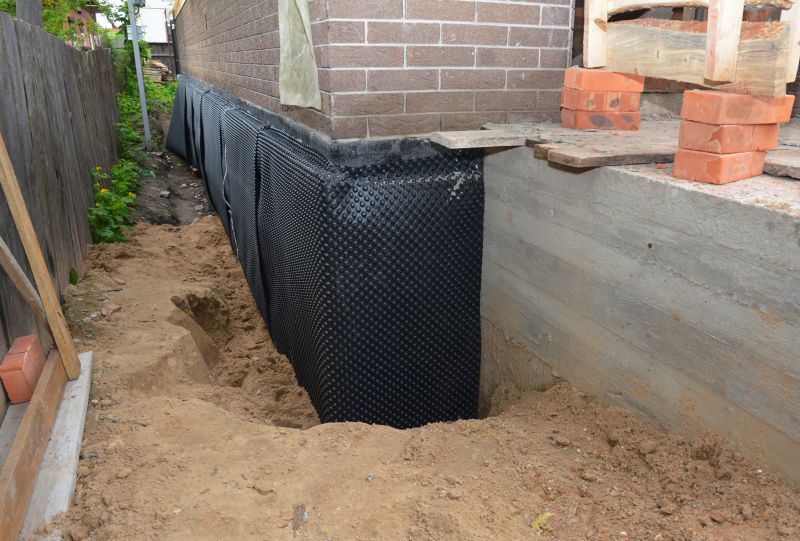
Images of membrane systems installed on foundations demonstrate effective water barriers.
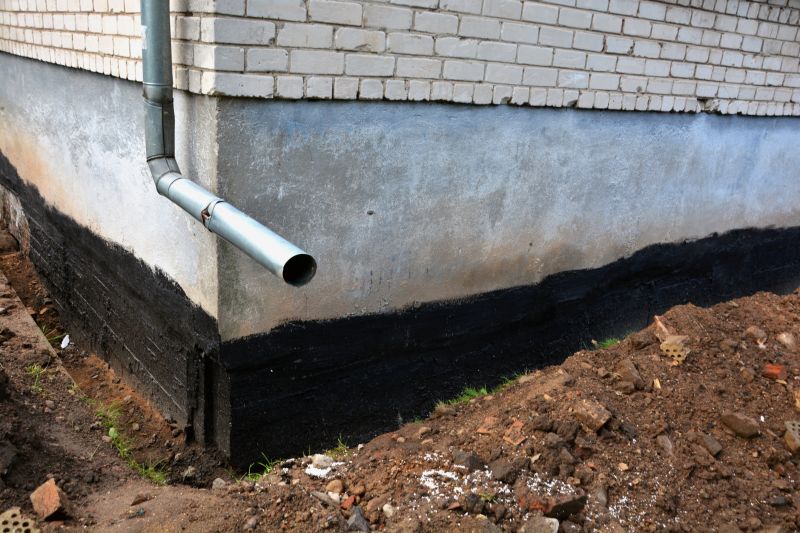
Photos of drainage solutions depict how water is diverted away from structures to prevent infiltration.
Proper waterproofing is essential for maintaining the integrity and longevity of a building. Employing experienced professionals ensures that the most suitable materials and techniques are used, providing lasting protection against water damage. Regular inspections and maintenance can further enhance the effectiveness of waterproofing systems.
For those interested in waterproofing services, filling out the contact form can provide a detailed quote tailored to specific project needs. Expert assessments and recommendations can help determine the best approach to safeguard properties from water intrusion.

